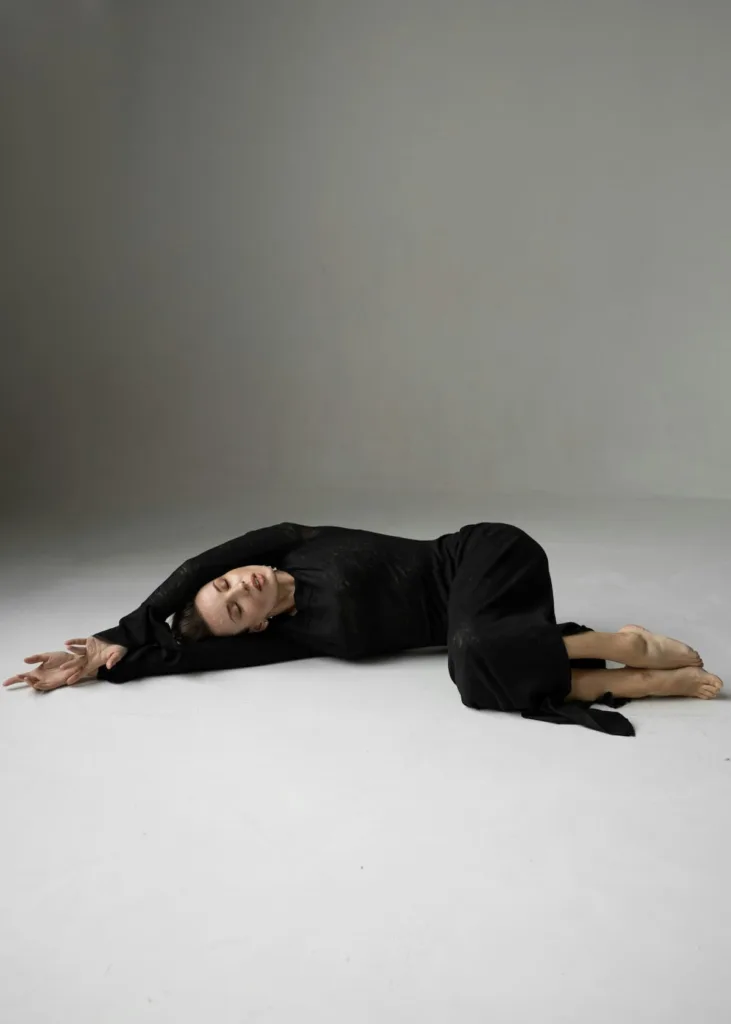Table of Contents
Introduction
Attention Deficit Hyperactivity Disorder (ADHD) is a neurodevelopmental disorder that affects people of all ages, genders, and backgrounds. While ADHD is often associated with children, it can persist into adulthood and present unique challenges for women. In this comprehensive guide, we will explore practical tips and advice for addressing ADHD in women, empowering them to manage their symptoms and thrive in their daily lives.
Understanding and Addressing ADHD in Women
ADHD manifests differently in women compared to men, making it challenging to recognize and diagnose. Women with ADHD may exhibit more internalized symptoms, such as difficulty with organization, time management, and maintaining focus. They may also struggle with emotional dysregulation, mood swings, and low self-esteem. Understanding these differences is crucial for effective management and support.

Recognizing the Symptoms
Inattention
Women with ADHD may struggle with maintaining focus on tasks, often becoming easily distracted or forgetful. They may have difficulty completing tasks, following through on commitments, and managing time effectively.
Hyperactivity
While hyperactivity is often associated with ADHD, it may present differently in women. Instead of physical restlessness, women may experience mental restlessness, feeling constantly “on the go” or overwhelmed by their thoughts.
Impulsivity
Impulsivity can lead to difficulties in decision-making and impulse control. Women with ADHD may act on impulse without considering the consequences, leading to impulsivity in relationships, finances, and other areas of life.

Practical Tips for Managing ADHD in Women
Establishing Routines and Structure
Creating daily routines and structure can help women with ADHD stay organized and manage their time more effectively. This includes setting regular meal times, bedtime routines, and scheduling specific times for tasks and activities.
Breaking Tasks into Manageable Steps
Large tasks can feel overwhelming for women with ADHD. Breaking tasks down into smaller, more manageable steps can make them feel more achievable and reduce feelings of stress and anxiety.
Utilizing Tools and Strategies
There are many tools and strategies available to help women with ADHD manage their symptoms. This includes using planners, calendars, reminder apps, and organization systems to stay on track and maintain focus.
Seeking Professional Support
It’s essential for women with ADHD to seek professional support from healthcare providers, therapists, or ADHD coaches. These professionals can provide personalized treatment plans, therapy, and support to help women manage their symptoms and improve their quality of life.

Conclusion
In conclusion, addressing ADHD in women requires a comprehensive understanding of the unique challenges they face and practical strategies for managing symptoms. By recognizing the symptoms, implementing practical tips, and seeking professional support, women with ADHD can learn to navigate their lives more effectively and thrive. Remember, managing ADHD is a journey, and with the right support and resources, women can lead fulfilling and successful lives.
Please click here for Further Exploration
Please click here to read about ADHD AWARENESS: BRIDGING THE GENDER GAP – EXCLUSIVE REPORT


1 thought on “Addressing ADHD in Women: Practical Tips and Advice”